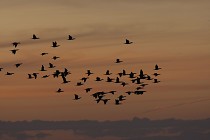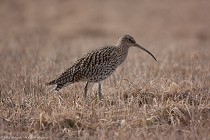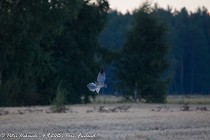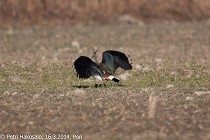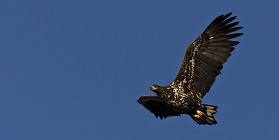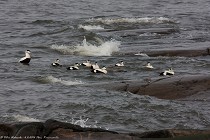|
WILD NORDIC NATURE
Top Ten Activities from Finland. |
|
|
|||||||||||||||||||||||||||||||||||||||||||||||||||||||||||||||||||||||||||||||||||
|
Summer > Bird watching
Bird watchingGuided bird watching trip to the west coast of FinlandThe Kokemäenjoki river delta is the largest in Scandinavia. It’s also one of the best areas to see birds and other wildlife. The wetlands and sand dunes along the west coast of Finland are key sites on migratory routes, so this is a wonderful opportunity to see a wide variety of different species of birds. In this area, there are many birdwatching towers, which are popular in Finland because they enable us to get a good view. Each day, our professional guides will take you to the best places to spot birds. In the afternoons, you will have some free time to explore the area.
ItineraryDay 1
We’ll cover a distance of between 5 and 6km. The Ooviiki tower offers great views of a sheltered bay, where swans and other waterfowl gather to rest during their migration. You’re likely to see geese, swans, ducks, scaup, coots, terns, gulls and much. The Teemuluoto tower is located in the river delta and is a great place to see migrating birds. The area is a nesting site for a variety of wetland birds, but the broad leaf woodland habitat also attracts a variety of birds; particularly songbirds. The Kaarluoto tower is a popular place to watch migrating birds. Birds come to the shallow waters and dune areas to feed and roost. It’s also important area for breeding waterfowl. The shallow bay is important area for nesting wildfowl.
Day 2 National park of Puurijärvi and Isosuo
We’ll cover a distance of around 6km. The National Park of Puurijärvi and Isosuo was still under the sea 7000 years ago. After the ice age, the ground started to uplift and this process is still going on. What was once the seafloor is now an area punctuated by lakes, ponds and large bog areas. Today, Puurijärvi is one of the largest wetland habitats in southern Finland and is home to a wide variety of birds and animals. Lake Puurijärvi is a significant resting area on bird migration routes. It’s possible to see swans, cranes, geese and lots of species of waterfowl. Species found in the area include the Osprey, Black Woodpecker, Eurasian Golden Plover, Common Crane and Whooper Swan. Hunting is forbidden in Lake Puurijärvi, ensuring that the birds and wildlife is protected. The Isosuo bog is large raised bog created as part of the process of uplift. From the birdwatching tower you can see straight to the Ospreys’ nest. If you are lucky, you may spot the rare European beaver on the bog. Day 3 Yyteri silts
We’ll cover a distance of around 5km. The Yyteri dunes area is part of the Bothnian Sea National Park. There are wooden platforms to walk one, enabling you to fully explore the magnificent Yyteri dunes and beach. It’s one of the best places in Finland to see wading birds, which congregate in their thousands. The season starts straight after the ice melts following the long winter and it lasts through to October. Many species of birds breed in the area close to the bay. On their migration route, waterfowl and some of the predatory birds fly straight across the bay, whereas others follow the line of the forest.From the Hilska birdwatching tower, it’s possible to see the estuary of Kokemäenjoki river and across to the other side of the Baltic Sea. The tower is a great place to see ducks, gulls and terns. Kallo is a good place to spot species from the open sea, such as Velvet Scoter, Black Scoter and Common Eiger.
|
|||||||||||||||||||||||||||||||||||||||||||||||||||||||||||||||||||||||||||||||||||

|
Wild Nordic Naturewww.wildnordicnature.com info@wildnordicnature.com   
|
ContactJaana Mälkki, CEO +358 40 734 6696 jaana.malkki@wildnordicnature.com Pictures (c) Visit Finland
|
| Lisätietoa evästeistä • Sivuston toteutus: Hakosalo Innovations Oy |


